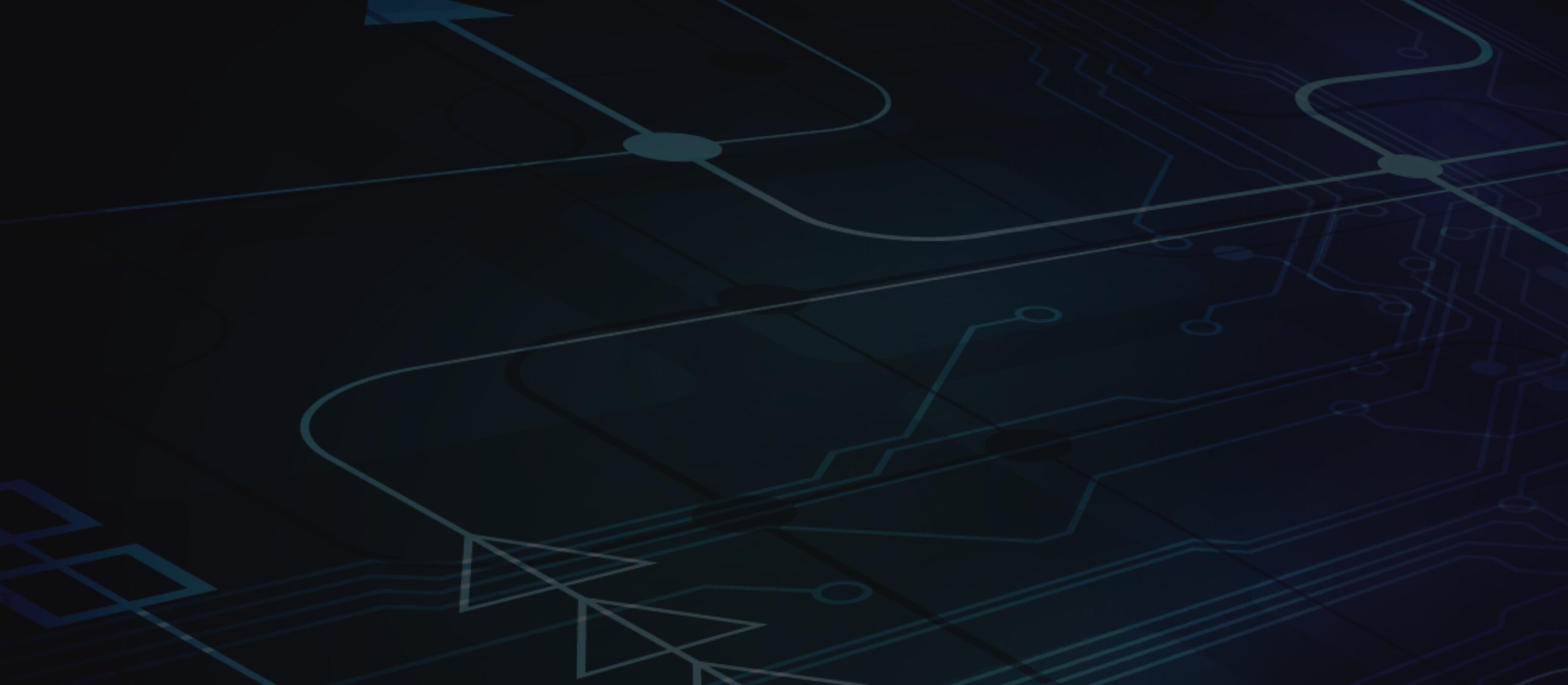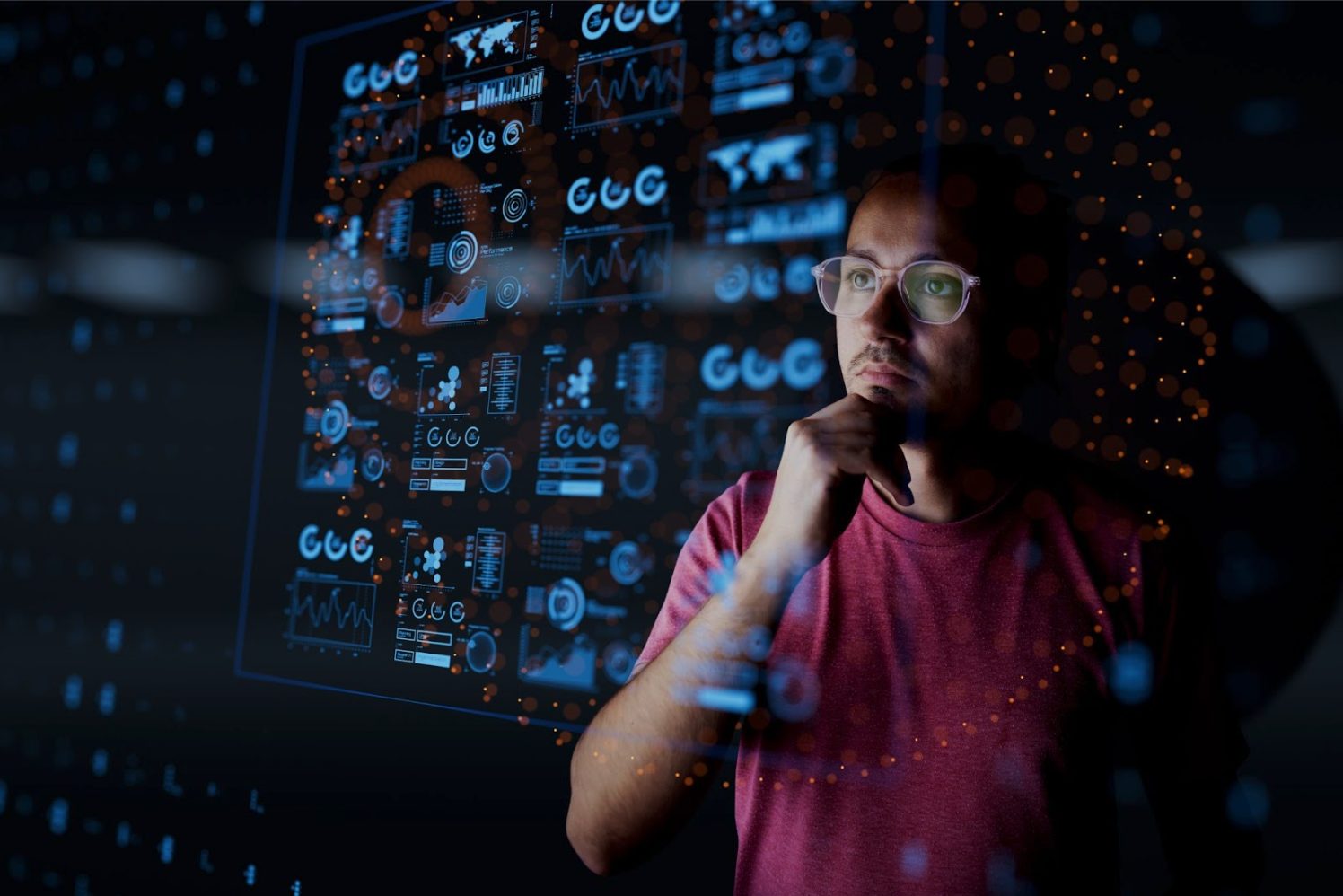

In previous articles, we discussed the enthusiasm surrounding Generative AI’s (GenAI) potential to enable increased productivity and innovation. BlueOptima’s study on the subject of GenAI in software development offers an alternative, and more measured, view.
This article will review key insights from the study. In doing so, we will demonstrate that, although GenAI holds much promise, its direct impact on end-product software has been modest, and ongoing examination of its best use cases is required.
The Hype vs. Reality
Generative AI’s potential to boost productivity in software development is significant. Leading organisations such as McKinsey and KPMG have published reports indicating AI’s potential, highlighting the extent to which implementing GenAI is at the top of many business and technology leaders’ minds.
Despite these projections, the implementation of GenAI in enterprise software development has been slower than expected. BlueOptima’s study, which analysed data from over 218,000 developers, found that only 2,062 contributed GenAI-authored code consistently without significant human rework. This represents less than 1% of the developers studied.
Such a low percentage of developers committing unaltered code may warrant organisations launching their own investigations into the specific barriers to uptake and optimal use. Below, we will look at some of the issues that may deter developers from fully embracing and trusting AI.
The Challenge of Using GenAI Effectively
Several factors contribute to GenAI’s limited usage. One significant aspect is the learning curve associated with these new tools, which often clash with established workflows. Additionally, many developers are sceptical about the reliability and maintainability of AI-generated code.While GenAI can generate code, it typically requires significant human intervention to meet quality and maintainability standards. Even among developers with officially licensed access to GenAI tools, only 12% committed GenAI-authored code multiple times without making significant changes. This pattern of limited usage highlights the ongoing need for human oversight, limiting the productivity gains GenAI can deliver autonomously.
Modest Productivity Gains
BlueOptima’s research highlights the nuanced impact of GenAI on productivity and code quality. On average, developers using GenAI tools experienced a productivity boost of just over 4%, though whether this justifies the cost of AI implementation in large enterprises remains debatable.
High AI contributors who heavily used GenAI, saw an 8.4% increase in productivity, while those using it sparingly saw a modest gain of 1.93%. Notably, developers who avoided AI altogether faced a 2.08% productivity decline.
Interestingly, those who used GenAI sparingly achieved the best balance between productivity and code quality, suggesting that moderate AI integration enhances human performance without compromising output quality.
The study also revealed that most developers use GenAI for assistive tasks like line completion and documentation rather than full code generation, indicating that GenAI currently plays a supportive rather than transformative role.
The Future of GenAI in Software Development
Organisations should approach GenAI integration with a balanced perspective as they move forward. While GenAI has immense potential, it cannot replace human developers or eliminate the need for traditional software development practices. Instead, GenAI should be seen as a tool that enhances human creativity and efficiency.
To realise GenAI’s potential, organisations must invest in training their developers and building robust frameworks for integrating GenAI into existing workflows. This approach ensures that development teams’ specific needs and challenges are addressed.
Conclusion: A Balanced Approach
While GenAI offers a modest productivity boost, its actual impact on software development will depend on how effectively organisations integrate and promote the use of this technology. GenAI’s future is in its ability to complement and enhance human capabilities rather than replace them. By leveraging the strengths of both humans and AI, the industry can unlock new levels of innovation and efficiency, paving the way for a more productive future in software development.Curious about how Generative AI will impact your development team? Dive deeper into these and other insights by reading BlueOptima’s full report here.
Related articles...

Article
The Triple Threat of Breaches: Secrets, SCA, and SVD in the Software Development Lifecycle
In enterprise cybersecurity, some of the most costly and preventable…
Read More
Article
Inside the $55 Billion Breach Puzzle: What Data Breaches Really Cost Enterprises
When thinking about the financial impact of cybersecurity breaches, the…
Read More
Article
How Software Quality Metrics Boost Team Performance
Measuring software delivery speed has become second nature for many…
Read More
Bringing objectivity to your decisions
Giving teams visibility, managers are enabled to increase the velocity of development teams without risking code quality.
out of 10 of the worlds biggest banks
of the S&P Top 50 Companies
of the Fortune 50 Companies